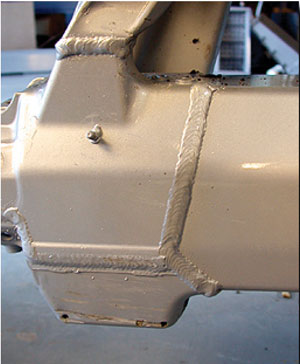
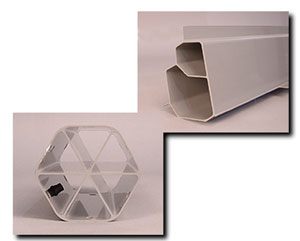
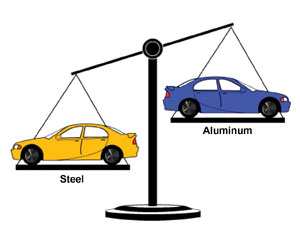



Are you maximizing your scan tools to their full potential? Don’t let them be just an expensive code reader.
If there’s a truth that extends across all computerized devices, it’s that we likely utilize only a fraction of the things they have the ability to do. Mobile phones are a great example. How many people do you know who only use them for calls, voicemail and text messages? We all know they do so much more.
Best practices, tips, fun facts and history on that essential product in collision repair: body filler.
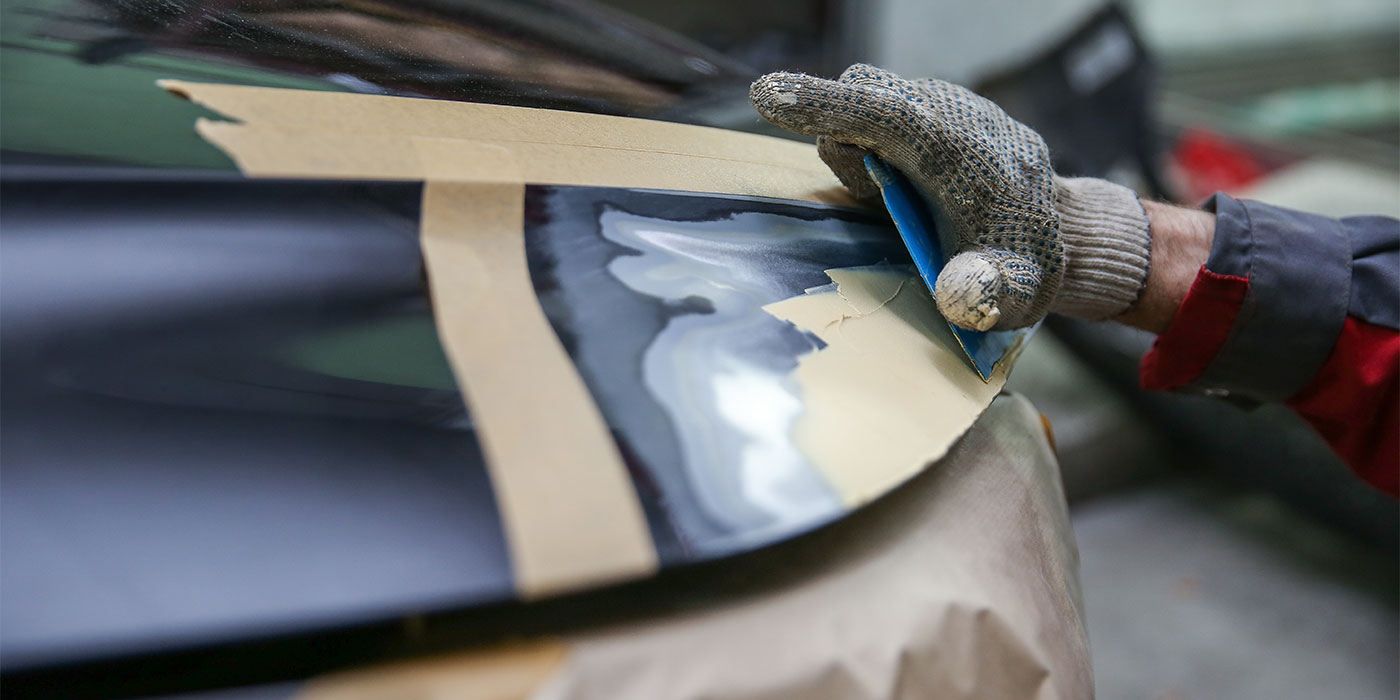
Why is everybody talking about glue pulling right now?
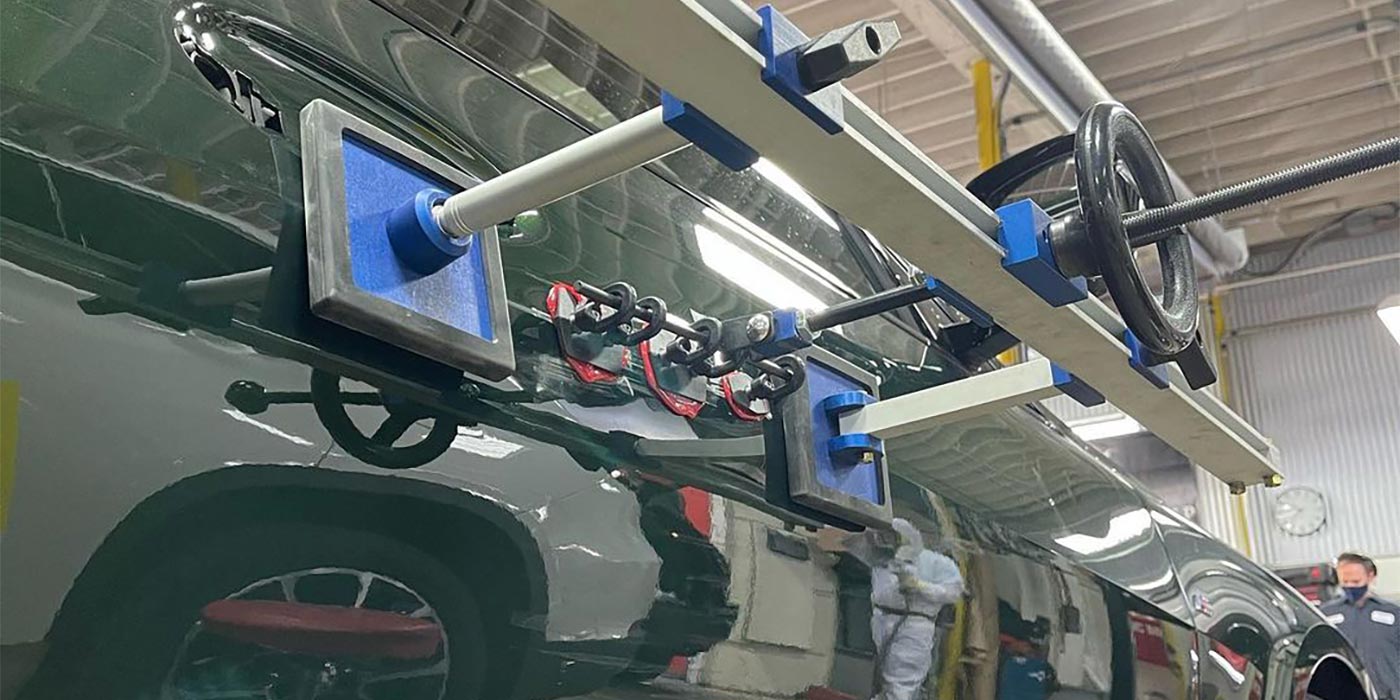
Repair methods must evolve to keep up with changing technology, and one relatively new method of collision repair that’s growing in popularity, relevance and value is glue pull repair.
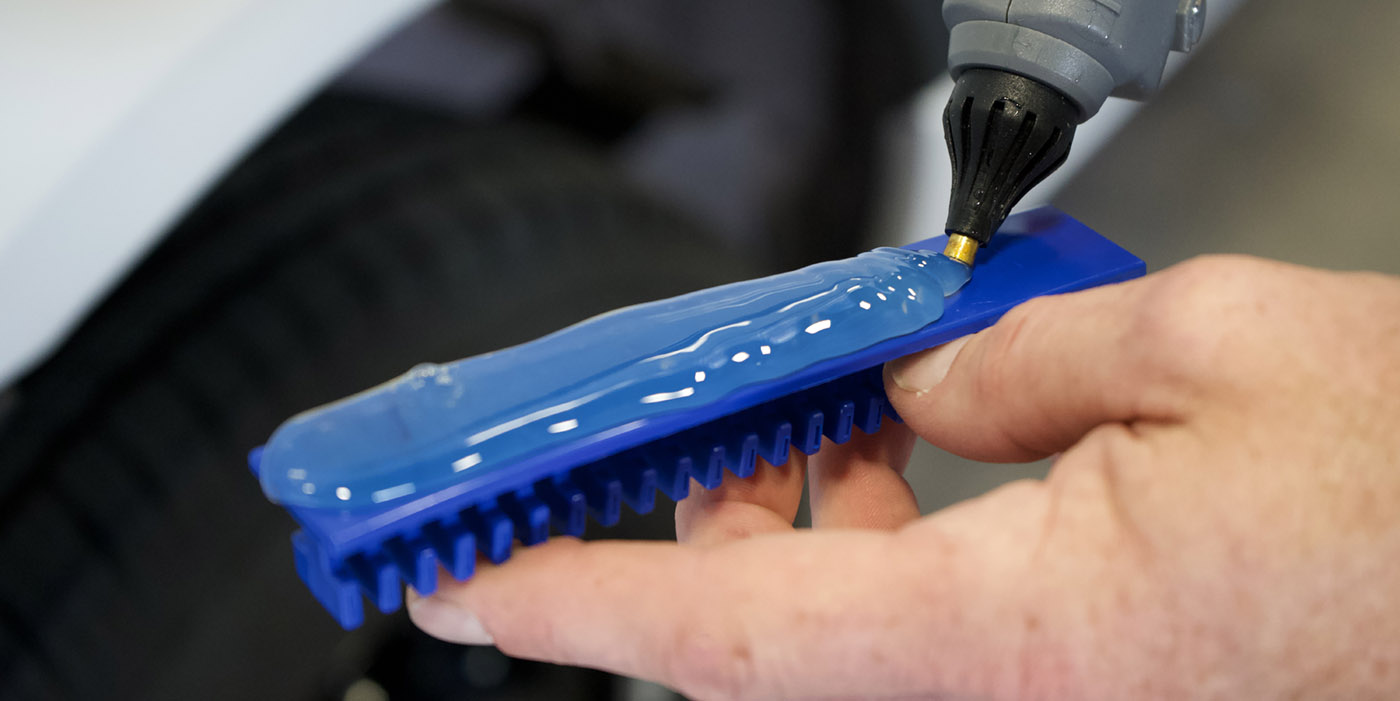
ADAS grabs the headlines today, but let’s not forget about another vehicle complexity: advanced materials.

Understanding vehicle electronics will be a necessity for all shops in order to not only repair the vehicle but justify the costs.

Topology influences how you access modules with your scan tool.

The strategic integration of digital tools and technologies in body shops is becoming the new refinish industry benchmark.

Multimeter accuracy is critical for EV diagnostics.
